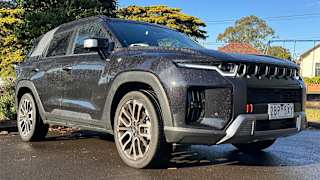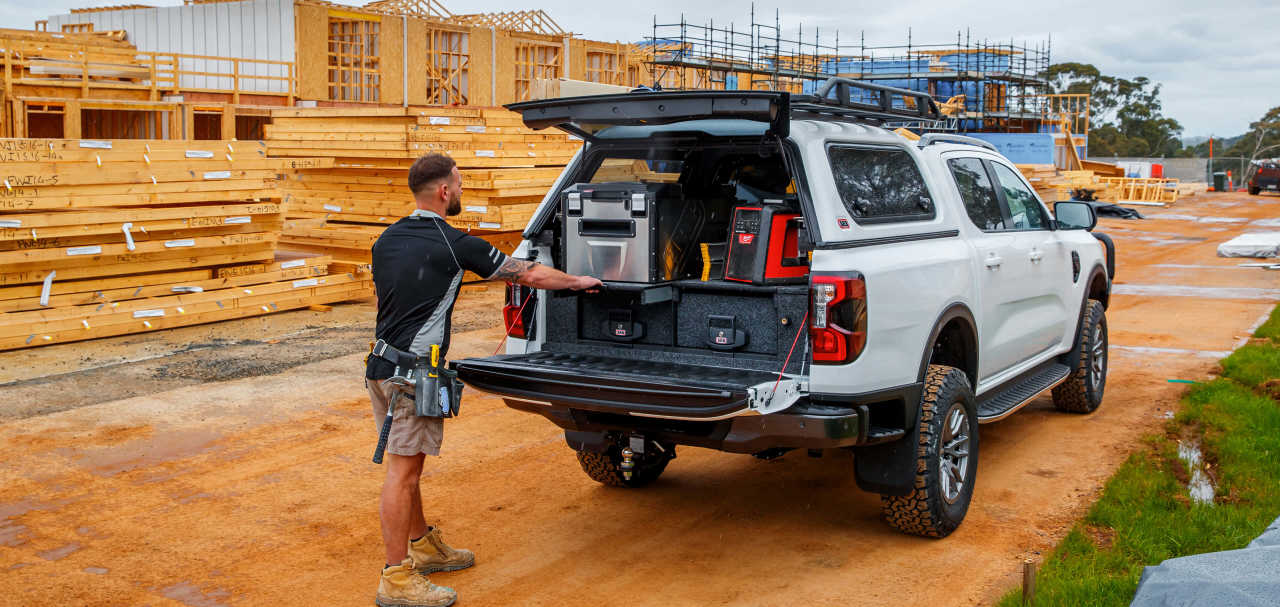You may have seen utes, trucks and buses with brightly-coloured caps or oddly-shaped rings or straps attached to their wheel nuts and wondered what they were for. They’re called loose wheel nut indicators (LWNI), commonly seen on vehicles used in mining operations and increasingly popular on government and commercial fleets. They can also be of great benefit to private vehicle owners.
There are numerous designs, colours and competing brand names (including some Aussie ones) but they all share a common purpose - alert drivers and service personnel if a vehicle’s wheel nuts are loose. If this seems like another overly cautious OH&S hurdle, it’s important to understand the potential financial – and tragically in some cases – human cost of loose wheel nuts.
From a financial viewpoint, they can cause considerable damage to wheels and studs requiring costly repair or replacement. The loss of a wheel can also cause serious injury or even death, either by a driver losing control or the departed wheel colliding with another vehicle or pedestrian.
Even a wheel nut torqued to the correct factory specification can become loose over time, due to a variety of factors including foreign matter like grit, paint etc where the nut seats on the wheel or varying rates of expansion/contraction between different metals.
So ensuring a vehicle’s wheel nuts remain at their recommended torque setting is critical in providing safe vehicle operation. However, as you can imagine, checking each one of these by hand with a torque wrench can be logistically difficult, given large vehicle fleets can represent hundreds of wheels and thousands of wheel nuts!
Proof that necessity is the mother of invention, a UK truck mechanic by the name of Peter Brawley is widely credited with inventing the LWNI in the late 1990s. He came up with the simple but effective idea of fitting each wheel nut with a brightly-coloured indicator cap, which at a glance can show a driver or mechanic if a wheel nut is loose on a pre-drive inspection.
.jpg)
This safety initiative has not only saved time, money and lives for heavy vehicle fleet operators around the world, but has also been the catalyst for other designs which not only indicate loose wheel nuts but also assist in stopping the nuts working loose in the first place.
The simplest and most affordable LWNI is a teardrop-shaped plastic cap or ring, usually day-glo yellow, orange or green in colour, that fits snugly over a wheel nut. If these caps are fitted to all the nuts on a wheel, the pointy ends can be pointed in the same direction or, if there’s an equal number of nuts, pairs of these indicators can be pointed at each other. Either way, a loose wheel nut (or nuts) can be seen at a glance because its indicator’s position will have changed.
However, these LWNIs don’t provide resistance to a wheel nut working loose, which is why alternative designs have emerged. The simplest of these link adjoining wheel nuts into pairs, so they are only suitable for wheels with even numbers of nuts.
.jpg)
These tough plastic devices secure adjacent wheel nuts together, which minimises their ability to rotate. However, should that occur, the connecting strap between the nuts distorts and will eventually break if a nut becomes too loose. This distortion and/or breakage are both clear visual indicators that the nut (or nuts) needs to be tightened.
Other types of LWNIs include one-piece plastic rings which either cap the full circle of wheel nuts or thread between them to provide tension on all nuts rather than just pairs of them. These designs are well suited to wheels with uneven numbers of nuts.
Regardless of the design, LWNIs can also assist in alerting the driver or mechanic to overheating caused by a sticking brake or perhaps a faulty wheel bearing. Excessive heat build-up in the wheel can discolour the plastic, or at worst distort or even melt it.
It's important to know that LWNIs aren’t exclusive to operators of commercial vehicle fleets. Any owner of a car, SUV, 4x4, caravan, horse float or boat trailer can also benefit from the increased safety and peace-of-mind provided by these simple and effective devices.
For instance – and let’s be honest here - when was the last time (if ever) you checked the wheel nuts on your motor vehicle and/or trailer? LWNIs can let you know at a glance if any need tightening. And that could save you a lot more than just damaged wheels and studs. Think about it.










.jpg)
.jpg)
.jpg)
.jpg)




.jpg)
.jpg)
.jpg)
.jpg)

.jpg)



.jpg)